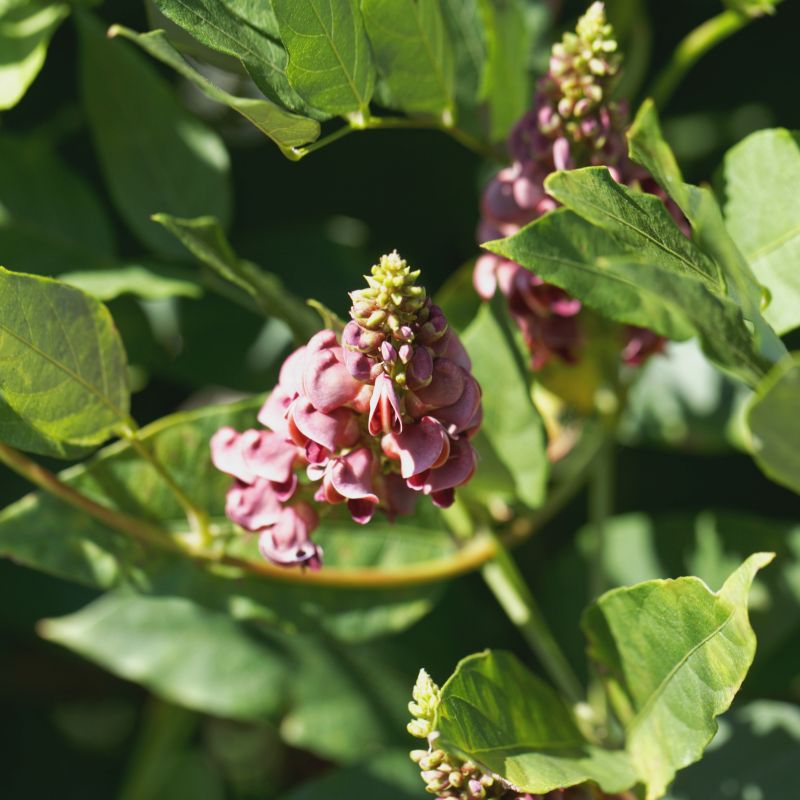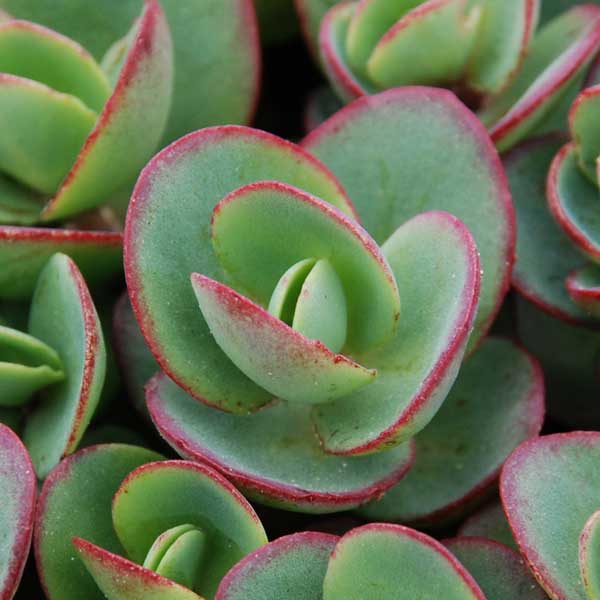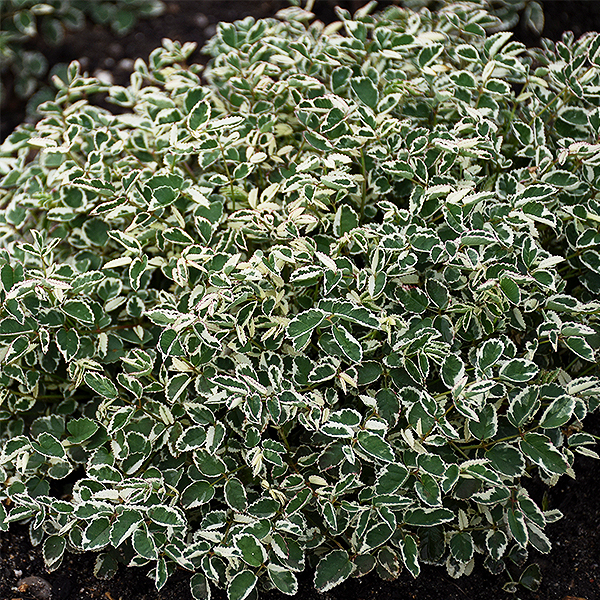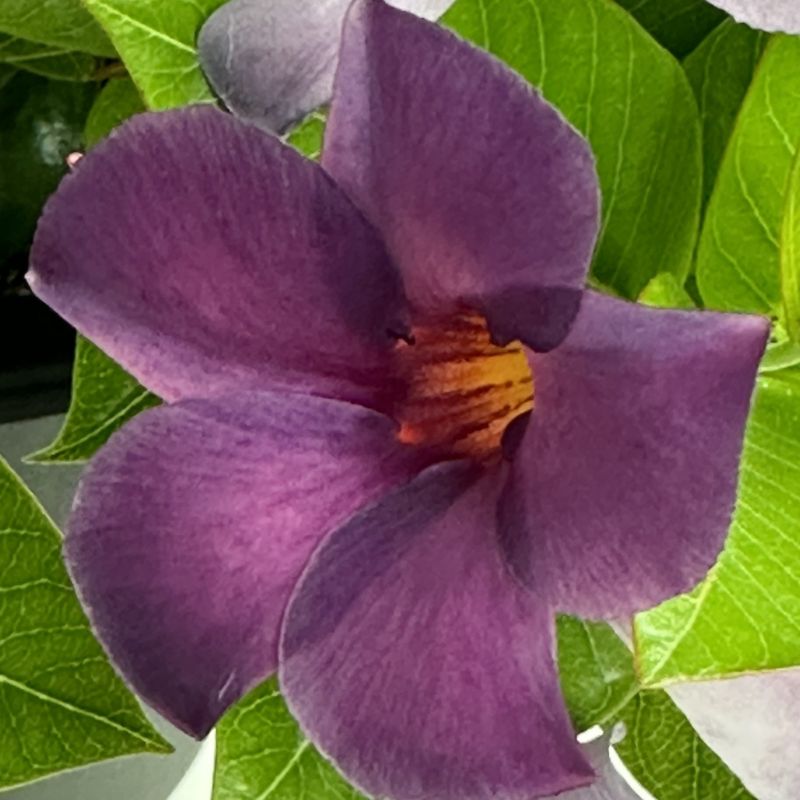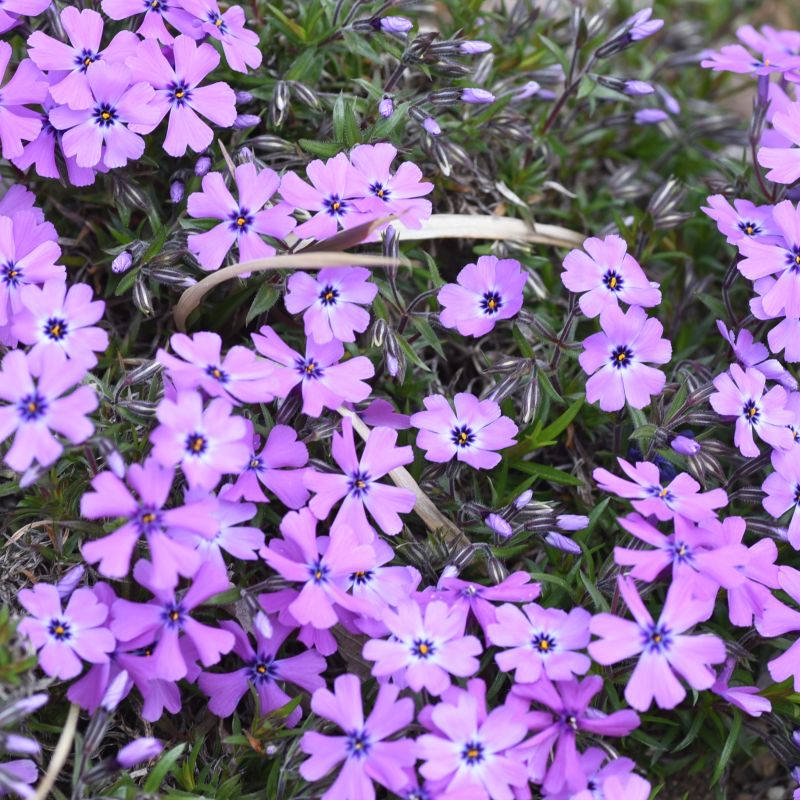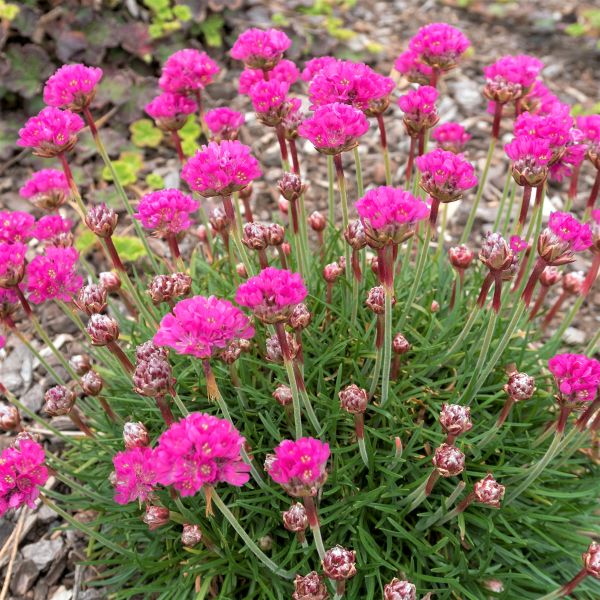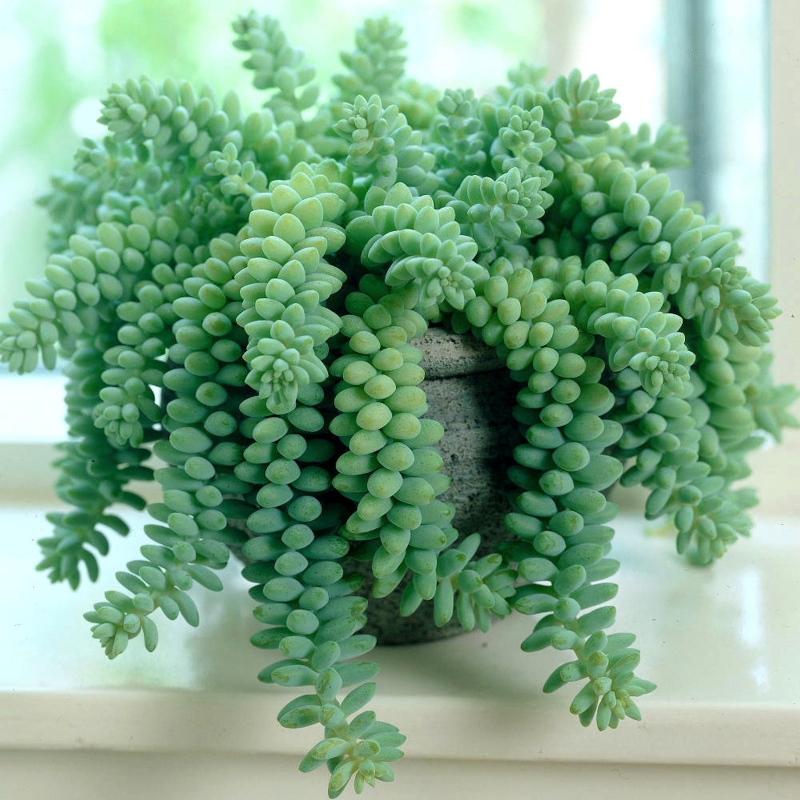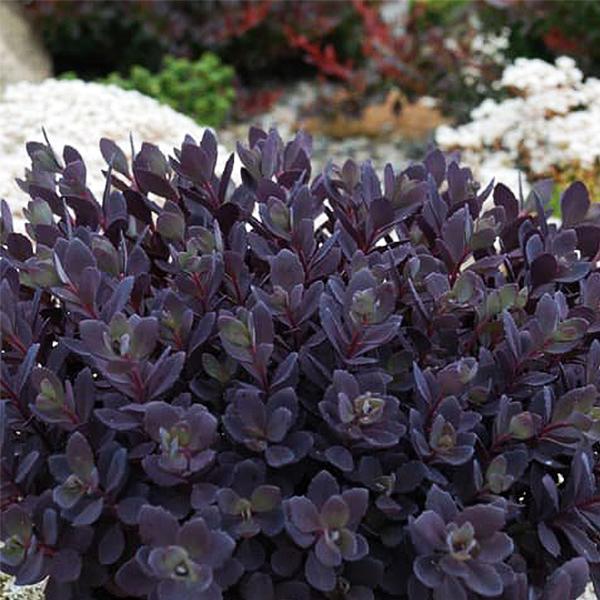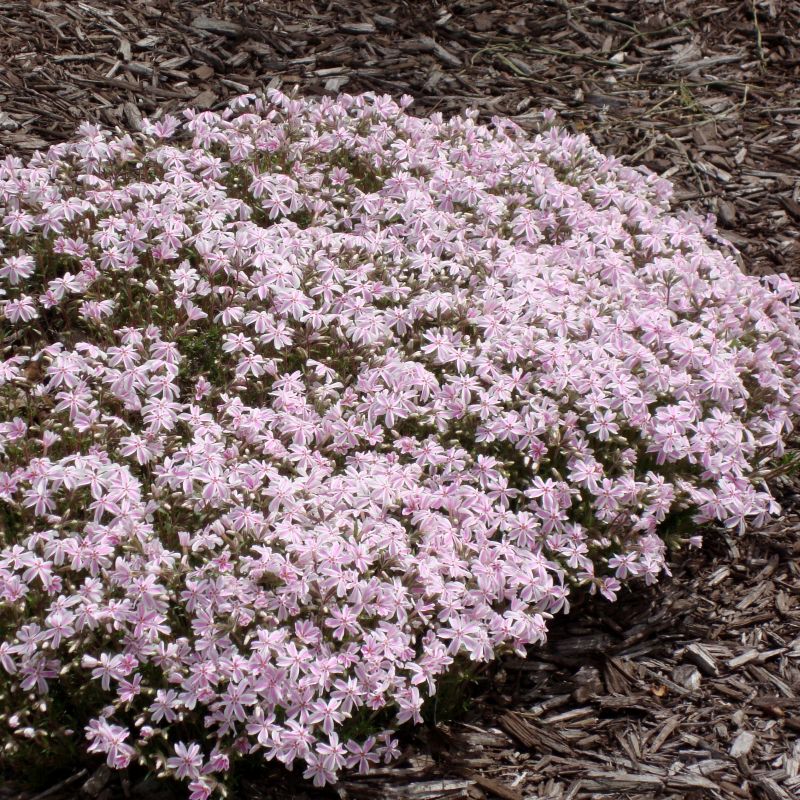
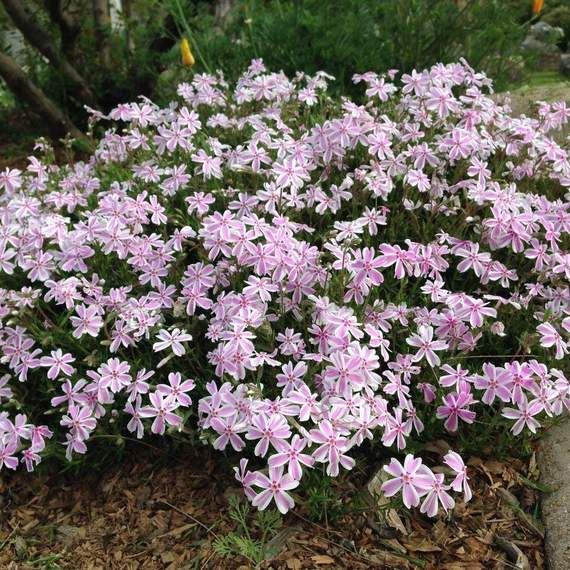
Phlox Candy Stripe
Phlox subulata 'Candy Stripe'
83 reviews
Phlox Candy Stripe
Phlox subulata 'Candy Stripe'
83 reviews
- Beautiful pink and white striped flowers
- Fragrant scent that attracts butterflies and hummingbirds
- Easy to grow and low maintenance
- Recommended by landscape designers for optimal fit in real yards
$37.00
$53.00
30% Off
- Ships to in 3 to 7 days
- Free Shipping Over $150
- Plant Arrival Guarantee
- In Stock
- Free Plant Consult
$200 - Landscape-Approved: Every Plant We Sell Comes With Design Expertise Behind It
1 Gallon
Not just beautiful - intentionally selected by ShrubHub's 3D landscape design team to fit real-world spaces and maximize yard potential.
Why Phlox Candy Stripe?
Phlox Candy Stripe is a hardy, low-growing perennial that is an ideal choice for rock gardens, borders, and ground covers. With its attractive pink and white striped flowers that bloom in spring, it adds a touch of color and charm to any garden. This plant is easy to grow, requires minimal maintenance, and prefers full sun to partial shade. It can also attract pollinators such as bees and butterflies, making it an excellent choice for eco-friendly gardeners.
People who loved this plant also bought
Sunlight
Phlox Candy Stripe requires full sun exposure to thrive.
Watering
Phlox Candy Stripe typically requires regular watering, preferably about 1 inch of water per week. However, it is essential to avoid overwatering, as it can lead to root rot.
Fertilizing
The fertilizer requirement for Phlox Candy Stripe is a well-balanced, all-purpose fertilizer. It is recommended to use a slow-release fertilizer in early spring, followed by a light application of a balanced fertilizer every 6-8 weeks throughout the growin
Imagine your garden becoming a canvas of whimsy and charm, where blooms paint the scene with colors that evoke memories of childhood candy stripes. Enter the Phlox Candy Stripe, a botanical marvel that infuses your outdoor haven with a playful elegance. Let its vibrant blooms take you on a journey through a garden of sweet surprises.
With petals that exude the nostalgic charm of candy stripes, along with hues of soft pink and white blending in delightful harmony. The Phlox Candy Stripe's blossoms evoke a sense of innocent joy, like the feeling of unwrapping a treasured treat. Each bloom is a testament to nature's playful artistry.
This funky phlox is a true symphony of hues in your garden. Imagine a chorus of blooms that stand tall, each one a note in the melody of colors that dances in the breeze. It's like having your secret candy garden, a haven for pollinators and a feast for the eyes.
Its nectar-rich blooms become a haven for wildlife, beckoning to bees and butterflies alike, turning your garden into a vibrant gathering place for nature's most charming performers.
This shrub is a favorite among garden newbies and green thumbs alike as it thrives in various conditions, from full sun to partial shade, making it a versatile addition to any garden. With minimal care, you'll be rewarded with a carousel of candy-colored blooms.
So, whether you're seeking a playful centerpiece or a touch of whimsy to elevate your garden's ambiance, the Phlox Candy Stripe beckons. Let its blooms create a jubilant palette and fill your outdoor haven with the captivating beauty of candy-colored dreams. Embrace the delight of the Phlox Candy Stripe – because, in the garden of life, every petal holds a sweet surprise.
Plant Information:
| Botanical Name: | Phlox subulata 'Candy Stripe' |
| USDA Zones: | 3 - 9 |
| Water: | Moderate |
| Exposure: | Full Sun |
| Soil Needs: | Well Drained |
| Mature Height: | 6 - 12 inches |
| Mature Spread: | 18 - 24 inches |








Pollination Info
Pollination Information for Phlox Candy Stripe (Phlox subulata 'Candy Stripe')
Phlox Candy Stripe is a flowering ground cover plant that relies on pollination to produce offspring. The plant produces small flowers that attract pollinators such as bees, butterflies, and hummingbirds.
The flowers are hermaphroditic, meaning they have both male and female reproductive organs. This allows for self-pollination, but cross-pollination can also occur when a pollinator carries pollen from one plant to another.
It is important to provide a habitat that is friendly to pollinators in order to ensure successful pollination of Phlox Candy Stripe. This can be achieved by planting other flowers nearby that also attract pollinators, providing a source of water for them, and avoiding the use of harmful pesticides.
Successful pollination of Phlox Candy Stripe can result in the formation of seed pods, which contain seeds that can be used to propagate new plants. These seeds can be collected and planted in a suitable location to grow a new batch of Phlox Candy Stripe plants.
Overall, pollination is a crucial process for the survival and reproduction of Phlox Candy Stripe, and creating a friendly environment for pollinators is essential to ensure successful pollination and the continued growth of this beautiful plant.
FAQ
Phlox Candy Stripe (Phlox subulata 'Candy Stripe') FAQ
What is Phlox Candy Stripe?
Phlox Candy Stripe (Phlox subulata 'Candy Stripe') is a low-growing perennial plant that produces a carpet of pink and white striped flowers in the spring. It is commonly used in gardens as groundcover or in rock gardens.
What are the growing requirements for Phlox Candy Stripe?
Phlox Candy Stripe grows best in full sun to partial shade and well-draining soil. It requires regular watering, especially during hot and dry periods. It is hardy in USDA zones 3-9.
How do I plant Phlox Candy Stripe?
Phlox Candy Stripe can be planted in the spring or fall. Dig a hole that is twice as wide as the root ball and slightly shallower than the height of the root ball. Fill the bottom of the hole with a layer of compost or other organic matter, then place the plant in the hole and fill with soil. Water well and add a layer of mulch.
How do I care for Phlox Candy Stripe?
Phlox Candy Stripe requires regular watering to keep the soil moist. Fertilize with a balanced fertilizer once a month during the growing season. Deadhead spent flowers to encourage more blooming. In the fall, cut back the foliage to about an inch above the soil line.
How do I propagate Phlox Candy Stripe?
Phlox Candy Stripe can be propagated by division in the spring or fall. Using a spade or knife, divide the plant into smaller sections, each with some roots attached. Replant the sections in a new location or pot using the same planting process as for a new plant.
Are there any pests or diseases that affect Phlox Candy Stripe?
Phlox Candy Stripe can be susceptible to powdery mildew, especially in humid conditions. To prevent this, avoid overhead watering and ensure good air circulation around the plant. Spider mites and aphids can also be a problem, but can be controlled through insecticidal soap or a strong jet of water.
Planting & Care
Planting and Care for Phlox Candy Stripe (Phlox subulata 'Candy Stripe')
Planting
1. Choose a planting location with full sun to partial shade and well-draining soil.
2. Prepare the soil by adding compost or well-rotted manure to improve drainage and fertility.
3. Dig a hole that is twice as wide as the root ball and deep enough so that the top of the root ball is level with the soil surface.
4. Place the plant in the hole and fill in the soil around it, firming the soil gently with your hands.
5. Water the plant thoroughly to settle the soil around the roots.
Care
1. Water the plant regularly, especially during dry periods.
2. Fertilize the plant once in the spring with a balanced fertilizer.
3. Prune the plant after flowering to encourage bushier growth and prevent it from becoming too leggy.
4. Control weeds around the plant to prevent competition for resources.
5. Divide the plant every 2-3 years to maintain its vigor and prevent overcrowding.
Pest and Disease Control
1. Keep the plant well-watered and avoid overhead watering to prevent powdery mildew.
2. Monitor the plant regularly for spider mites and aphids and treat with insecticidal soap if necessary.
Check Out These Verified Customer Reviews:
Customer Reviews
4.7 out of 5 based on 83 reviews
Thank you! Your review has been submitted.
Thrilled with my purchase!
Easy ordering process online.
Fresh and high-quality flowers.
Item has been added to your cart.




